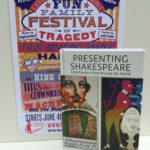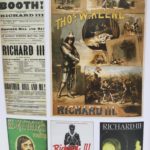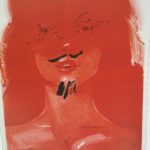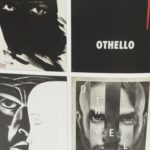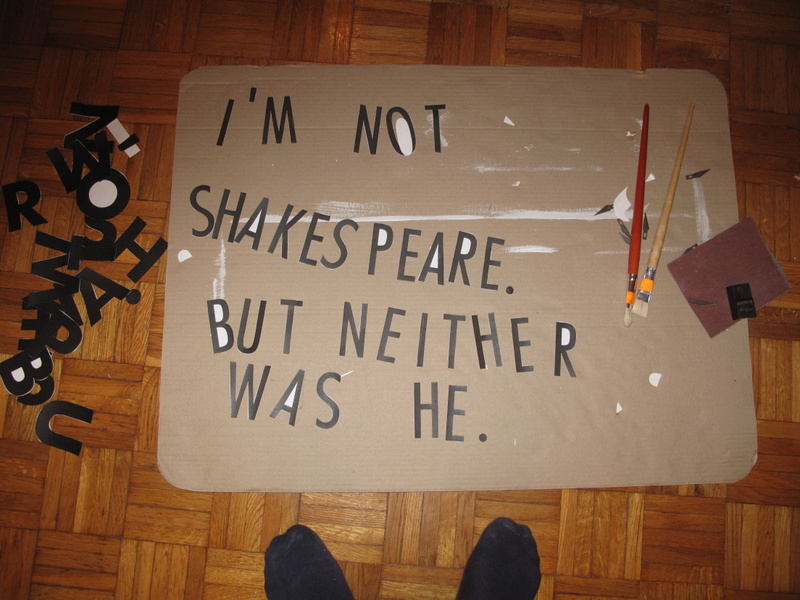On Being With Krista Tippett
Brain Pickings by Maria Popova
Design Matters with Debbie Millman
Two podcasts and a blog. The taglines of these sites speak volumes and indicate the scale of thinking: “The big questions of meaning,” “An inventory of the meaningful life,” and “we can talk about making a difference, we can make a difference, or we can do both.” I have been sharing my favorite interviews and articles from these three sites with lots of friends and colleagues. On the rare occasion these wise women interview each other.
I found Debbie Millman first, around the time that I got very excited about podcasts in 2012. Millman’s podcast Design Matters strikes nice balance between art and commerce. She interviews a wide range of artists and “luminaries of contemporary thought.” You can sort her interviews by discipline: art directors, brand managers, graphic directors, illustrators, typographers and more. These kinds of artists (and their firms) always have to balance the art with their client’s wishes and with the demands of the market. But the conversations on this podcast are not limited by graphic design. The disciplines of her interview subjects range from architecture critics, cartoonists, chefs, educators, poets and playwrights. I find it useful to hear about this work and the careers of these interesting people.
It was Design Matters that led me to Maria Popova and her encyclopedic effort of cataloging the work of countless authors. On the website BrainPickings.org, Popova distills the brilliance of writers, scientists, and thinkers of all sorts. Her short essays are more than just a review. She unpacks the central ideas and places them in the context of centuries of wisdom and inquiry. She seems to have a particular interest in science and children’s literature. Her picks of children’s picture books would make for a stunningly vibrant collection to any family library.
Seth Godin tipped me off to Krista Tippett’s podcast On Being. Each episode is a conversation with people who in some way are in “pursuit of wisdom and moral imagination.” What struck me at first was that she releases two podcasts a week. There is an edited version with a scripted voice over and musical interludes and and there is an extended unedited conversation. Each of these unedited conversations begins with small talk and Tippett reminds the guest that it can be a real conversation, nonlinear even, and they can go backwards and talk about things again that they may have not found the right words for the first time. On Being is gently focused on theology and thinking. Mindfulness is a catch phrase buzzword these days. Likewise, God, spirituality and faith are words that conjure lots of different associations for different people. On Being was started a decade ago in part because these topics were not being seriously considered in mainstream media. Tippett is well aware of the hazard of using the word God – for her it is “too small.” Instead she offers: “a rich, kind of wild, strange, expansive place in my mind where I think about what the definition would be.”
My words won’t really add value to what they have created. This post is really just an introduction to these brilliant women. After forwarding their work on to so many I’ve finally decided to thread the needle of how these sites are so important. Kevin Kelly once suggested if you read one book a month your life would change. Godin recommends an RSS reader and a daily practice of reading. I think listening can provide the same kind of transformation. These three women have added meaning and vibrancy to my life and work. I can’t recommend them enough.
I’ll let their work speak for itself. In the links below you can hear Krista Tippett interviewing Maria Popova, Debbie Millman interviewing Krista Tippett and … wait who’s going to interview Debbie Millman?! Well, you can see a sample of her work, one of a series of hand lettered posters available through Studio 6.
On Being – Cartographer of meaning in a digital age
Maria Popova interviewed by Krista Tippett
Design Matters – Kirsta Tippett: Author, Entrepreneur, Journalist
Krista Tippett interviewed by Debbie Millman

